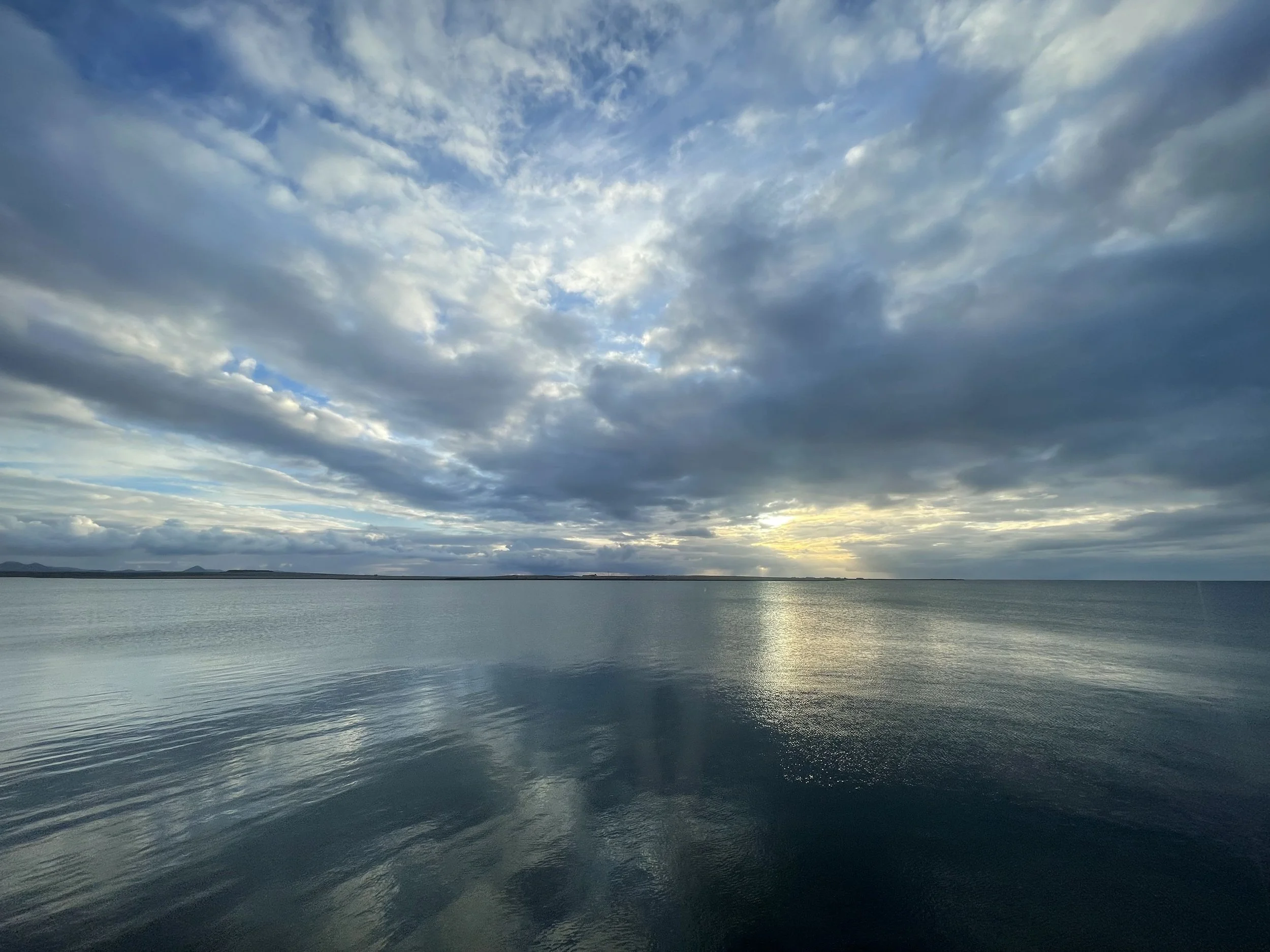Interfaith in Cyberspace
Jihad on the D Train
A Holy Month in Maine
The Internet – A Spiritual Haven for Youth?
Interfaith Resources to End Bullying
Seminarians Go Online to “Make Interfaith”
Alliance of Religions and Conservation: Spirituality Holds the Key to Climate Change
How the Digital Revolution is Changing Who We Are
High technology’s new digital tools are a blessing for faith communities and the interfaith movement everywhere. At the local level, e-mail, websites, databases, and social media are quickly displacing the time and expense of poster production, paper newsletters, fliers, and snail-mail. At the national and international levels, new powers have been vested for those who have been voiceless in the public square, a clear opportunity for NGOs and communities of faith and practice. They have been scrambling to respond: surveys suggest that approximately 250,000 of the 335,000 religious congregations in the U.S. have websites today.





